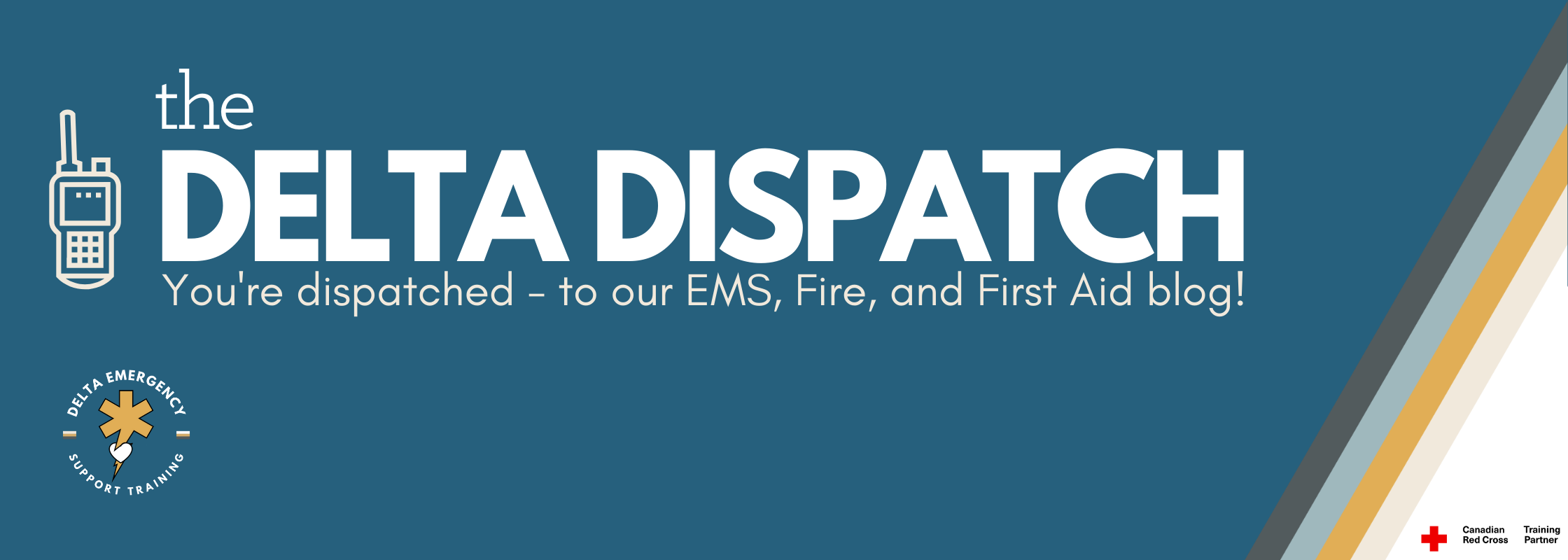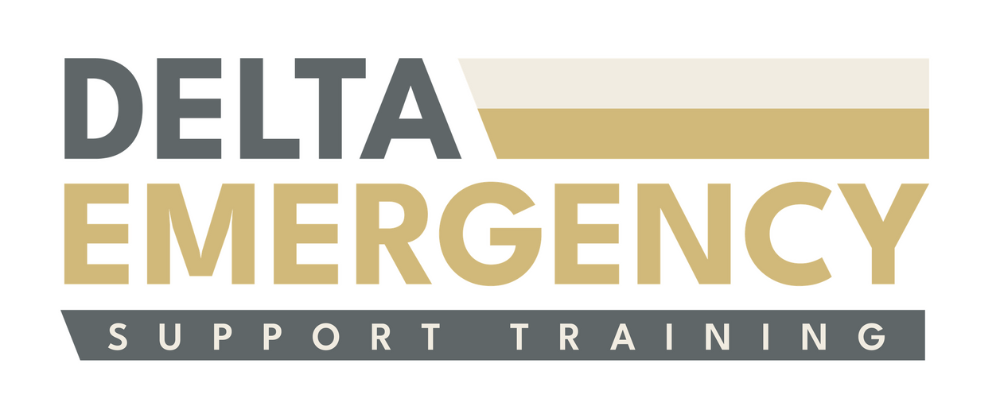Pulse Rates and How to Assess Them: Essential Skills for EMR and AFA Students
/Understanding Pulse and Heart Rate: Key Concepts for EMRs and AFA Students
In emergency medical response (EMR) or advanced first aid (AFA), one of the essential skills you will learn is how to assess a patient's pulse or heart rate. A person's pulse provides valuable information about their circulatory status, and understanding how to measure it accurately is crucial for diagnosing and managing a variety of medical conditions.
This blog will guide you through the basics of pulse and heart rate, including normal rates for children, adults, and infants. We’ll also dive into how to accurately check a pulse, how to interpret its rhythm and quality, and the significance of an absent or weak pulse, especially in cases of trauma.
What is Pulse?
The pulse is the rhythmic expansion and contraction of an artery as blood is pumped through it by the heart. This beat is felt in various areas of the body known as pulse points. The pulse gives critical information about heart rate, rhythm, and strength.
Normal Pulse Rates by Age
It’s important to know the typical pulse rates for different age groups. The rate can vary based on the individual’s age, activity level, and overall health. Here’s a breakdown of normal resting pulse rates:
Infants (0-1 year): 100-160 beats per minute (bpm)
Children (1-10 years): 70-120 bpm
Adults (11+ years): 60-100 bpm
Well-conditioned Athletes: 40-60 bpm (can be normal for some athletes due to a lower resting heart rate)
As you become more familiar with pulse assessment during your EMR or AFA training, you’ll quickly learn how to identify what’s normal for your patient population.
Main Pulse Points and How to Check a Pulse Accurately
As an EMR or AFA student, knowing where to check for a pulse is a fundamental skill. You’ll need to be able to check for a pulse at several key points on the body. Here are the primary pulse points, along with instructions on how to check them accurately:
Radial Pulse (Wrist)
Location: On the thumb side of the wrist.
How to Check: Place your index and middle fingers on the patient’s wrist, just below the base of the thumb. Apply gentle pressure until you feel the pulse.
Position: The patient should be seated or lying down in a relaxed position. It is important not to use your thumb, as it has its own pulse that could interfere with the assessment.
Carotid Pulse (Neck)
Location: In the groove of the neck, just to the side of the windpipe.
How to Check: Place your index and middle fingers on the side of the patient’s neck, between the trachea and the muscle. Do not press too hard, as it can cause discomfort or interfere with blood flow.
Position: The patient can be seated or lying down. If the patient is unresponsive, the carotid pulse is typically the first point to check in an emergency.
Brachial Pulse (Upper Arm)
Location: On the inner side of the upper arm, near the elbow.
How to Check: Place your index and middle fingers on the inside of the patient’s arm, midway between the shoulder and elbow. Apply gentle pressure to feel the pulse.
Position: This pulse is often used to assess infants, as it’s the most reliable pulse point in children under one year old.
Femoral Pulse (Groin)
Location: In the crease of the groin, just below the inguinal ligament.
How to Check: Place your fingers on the upper thigh, near the groin. Apply firm but gentle pressure to detect the pulse.
Position: The patient should be lying down, preferably in a supine position. This pulse is often used in cases of severe trauma or shock.
Posterior Tibial Pulse (Ankle)
Location: Behind the medial malleolus (the bony prominence on the inner side of the ankle).
How to Check: Place your fingers behind the ankle bone and press gently to feel the pulse.
Position: The patient should be lying or sitting with the foot relaxed.
Dorsalis Pedis Pulse (Foot)
Location: On the top of the foot, between the first and second metatarsals.
How to Check: Place your fingers on the top of the foot, slightly to the medial side, and gently press to feel the pulse.
Position: The patient should be in a seated or supine position, with the foot relaxed.
How to Assess Pulse Rhythm and Quality
When assessing a pulse, it’s essential to evaluate not only the rate but also the rhythm and quality:
Rhythm: The rhythm of the pulse refers to the regularity of the heartbeat. It can be classified as:
Regular: The pulse follows a consistent, steady pattern.
Irregular: The pulse has an erratic or uneven rhythm, which could indicate an arrhythmia or other heart conditions.
Quality: The quality of the pulse refers to its strength. A pulse can be:
Strong and Bounding: A pulse that is easy to feel and forceful, which could indicate conditions such as fever, anxiety, or hyperthyroidism.
Weak or Thready: A pulse that is faint and difficult to feel, often indicating shock, blood loss, or dehydration.
Absent: If no pulse is felt at a pulse point, it may suggest severe trauma, a blocked artery, or cardiac arrest.
Tachycardia and Bradycardia
When evaluating pulse, you may encounter conditions such as tachycardia (a rapid heart rate) or bradycardia (a slow heart rate):
Tachycardia: A heart rate that exceeds 100 bpm in adults. Tachycardia can be caused by fever, stress, anemia, or cardiovascular problems.
Bradycardia: A heart rate below 60 bpm in adults. Bradycardia can indicate heart conduction issues, but it is also common in well-conditioned athletes.
Weak or Absent Pulse in Trauma
In trauma cases, an absent or weak pulse can be a critical sign. Trauma, especially internal bleeding or blocked arteries, can lead to a diminished pulse. If there is significant internal hemorrhaging, the pulse may become weaker in the lower extremities or other areas far from the heart. In cases of severe blood loss, the body shunts blood away from the extremities to maintain circulation to vital organs, resulting in weak or absent pulses in the arms or legs.
A blocked artery due to a clot, injury, or constriction can also result in an absent pulse distal to the blockage. Immediate intervention is needed in these cases to restore blood flow and stabilize the patient.
Conclusion
As an EMR or AFA student, learning to assess a patient’s pulse accurately is essential to providing effective care in emergency situations. Understanding the normal pulse rates, knowing how to check a pulse at key locations, and being able to interpret pulse rhythm and quality will greatly improve your ability to assess a patient’s condition. Additionally, recognizing the significance of weak, absent, or irregular pulses can help you identify life-threatening conditions like trauma, internal bleeding, or blocked arteries.
At Delta Emergency, we teach our students how to properly assess and respond to real-life emergencies. With expert instructors who are experienced paramedics, our courses ensure that you're prepared to make quick and informed decisions during critical situations.




